You Need Structure. Frontiers Friday #187 ⭕️
Structure leads to impact, impact leads to engagement, and engagement leads to outcome. Start from the ground up.
NOTE:
This week, we take a pause from the Taxonomy of Deliberate Practice Activities (TDPA) topic. We will be back next week with Part III of the TDPA with a story about a clinical who has deployed the TDPA and leveraged it to improve her outcomes.
Today is the LAST day to register to the 4th cohort of the Structure and Impact course, which kick-off in a few days.
Kick-off: Monday, 3rd of Jun 2024
Last day for registration: Friday, 31st of May 2024
Format: Self-Paced, Lifetime Access + Cohort Based Delivery (1 Module per week, in a total of 4 weeks)
Fees: $300 (this is SGD)
For folks on the Frontiers of Psychotherapy Development (FPD) network, you get a $50 off!
Simply key in the promo code GIFT50 at Checkout.
Working Backwards
Walk backwards with me for a little while.
Much of my earlier work has focused on helping practitioners monitor and improve their outcome. It is important that we are keep our eyes on ultimately helping our clients, and when we are off-track, we must take the feedback and feed-forward to a more helpful direction.
However, focusing solely on the outcome will not get you to the outcome.
Take, for instance, in a recent ABC Australia article, A Dangerous Numbers Game, the push for policing quotes sent New South Wales police searches soaring. This is largely due to pressures of chasing the numbers, which led to disproportionate targeting of marginalised communities, including racial minorities and economically disadvantaged groups. When officers focused on meeting quotas, the quality of searches can decline, while eroding trust between these communities and law enforcement
Think about this in more general terms. The pursuit of happiness causes more suffering (more about this here in Full Circles). Happiness comes as a consequence, and not as a thing to pursue.
In the words of anthropologist Marilyn Strathern, Goodhart’s Law tells us that “when a measure becomes a target, it ceases to be a good measure.”
Keeping an eye on our client outcome is still vital, but it is what authors Chris McChesney, Sean Covey and Jim Holing1 called a Lag Measure.
Lag Measures
Lag measures are the indicators of success that show whether you've achieved the desired outcomes. These are typically the end results of your goals and are often the metrics you want to improve. They "lag" because they come after the fact, reflecting the results of past actions.
Lead Measures
Lead measures, on the other hand, are actionable steps that influence the lag measures. They are the activities and behaviors that drive the achievement of lag measures. Lead measures are "lead" because they lead to the desired outcomes and are within the control of the team.
Lead measures have a direct impact on achieving the lag measure. They are both predictive and influenceable.
So we have to ask the question: What leads to good outcome?
Engagement.
In fact, it is not just “good alliance” that predict outcome, existing evidence2 suggests that improvement of engagement over time is more predictive outcome.
OK. Engagement leads to Outcome… So what leads to good engagement?
Creating an impactful experience in session.
But as Joan Chittister said,
Every impactful person brings to you themselves and not needing to prove ‘how impactful I am’, ‘how smart I am’, and ‘how needed I am.’"
We must not get caught up with trying to sound smart and impactful, but we need to think about how each client experiences the session on an inner level.
Finally, if engagement leads to outcome, and impact leads to engagement, what leads to an impactful experience?
Structure is the scaffold that allows us to create something impactful.
Why Structure
Structuring your sessions is something you have control of—and you can facilitate that—regardless of the therapeutic modality that you using.
Previously I mentioned,
Whenever we think of how to structure a session, we turn to therapy approaches. This is why models like cognitive behavioural therapy (CBT) and mindfulness-based approaches are alluring to trainees. EMDR, or eye movement desensitisation reprocessing is also very appealing to clinicians of various experience levels. This approach provides a step-wise sequence protocol. These approaches provide a recipe on “what to do”.
(However) …this is a conflation between structure and models. Models can provide a sense of structure, but structure need not be confined to restricting ourselves to particular approaches.
In other words, structuring your sessions does not mean following a therapy model.
Structure does not mean to you need to be rigid, not abide by a formula. Structure provides you a scaffold to form and shape the work together with your client.
Without structure, it is much harder to build anything on firm foundations.
Structure and Impact Teachings
Not everyone might be interested in taking part in this course. It’s a commitment on time, money and effort.
And that’s ok.
But I think this topic on Structure and Impact is important; it can not only help you side-step the “do this specific model” (e.g., CBT vs. IFS, etc, etc) vs. “do common factors” (there’s no such thing) debate, but also help you make each session come alive for your clients.
Common Challenges
Here are some common challenges faced by therapists:
“My client just goes on and on, and we seem to be going nowhere…”
“I’m often going overtime…”
“There seems to be no clear focus or direction.”
“I feel like I’m working harder than my client.”
This is what I will address… and more.
Just to be clear. Structure is not the be-all-and-end-all. Builders use scaffolds to help them build, and afterwards, it is stripped away.

I’ve compiled everything I’ve written on the topic of Structure and Impact below. We go into much greater detail and application in the course.
I hope you find these useful. Join us to learn more.
P/S: If you are joining us in the S&I course, don’t forget to use the coupon code at checkout: GIFT50.
Why Structure Your Sessions
I’ve listened to hundreds of hours of therapy sessions. When sessions lack impact, a handful of reasons are at play. But at its foundation, it is often contributed by the lack of one key feature: Structure.Thanks for reading Frontiers of Psychotherapist Development! Subscribe for free to receive new posts and support my work.
Deconstructing Impact
In the previous essay, we addressed the three key elements on how you can structure your sessions. The reason we want to take care of how we structure our sessions is because we want to create an impactful experience for our clients. Every session counts. Even the first. As I've written an entire
Thinking in Thirds (Part I of III)
The Rule of Three in Performing Arts, Photography and Music. One of the primary ways to think about how you structure your therapy hour is to think in three parts. In the performing arts, we call this the 3 Acts. In storytelling, a well-crafted narrative arch takes you on a gripping journey (If this interests you, Shawn Coyne's
Thinking in Thirds: Going Deeper (Part II of III)
In Part I of Thinking in Thirds, I talked about the rule of three in various domains like the performing arts, storytelling and music, and how segmenting the therapy hour into thirds can be structurally (not rigidly) helpful. As a recap, here are the three different stages:
Thinking in Thirds Closing The Session (Part III of III)
In the previous 2 parts on Thinking in Thirds, I've detailed about the process of Stage 1 of creating an invitational beginning and Stage 2 of deepening the process in the therapy hour. As a recap, here are the three different stages: An Invitational Beginning,
Your Questions on Structure and Impact #163 ⭕️
Here’s some of the commonly asked questions about the course, Structure and Impact.
For more resources on the topic of Structure, see our past missives:
Frontiers Friday #130. Structure (Part I) ⭕️
There’s much to say about structure. In this first of the series on Structure, I hope to provide related resources and inspirations that helped me create the course, Structure & Impact. Cohort #2 kicks off Monday, 17th of April 2023.
Frontiers Friday #131. Structure (Part II) ⭕️
I promise that this is relevant. The first 3 recommends goes into Netflix, music composition and documentary-making. The reason I’m sharing these is because we can learn a lot about structures. And then we take a deep dive into how a renowned couple’s therapist structures her session.
Frontiers Friday #132. Structure (Part III) ⭕️
A New Podcast Interview Here’s a recent conversation I shared with Rachel Moore, LMFT on her podcast Beyond Artist Block. Topics covered in this podcast: The “terrible gift” of creativity and the beauty and struggle of living an aesthetic life Understanding the risks creative clients face as artists
Daryl Chow Ph.D. is the author of The First Kiss, co-author of Better Results, The Write to Recovery, Creating Impact, and the latest book The Field Guide to Better Results.
The Four Disciplines of Execution.
Owen, J., Miller, S. D., Borg, V., Seidel, J. A., & Chow, D. (2016). The alliance in the treatment of military adolescents. Journal of Consulting & Clinical Psychology.



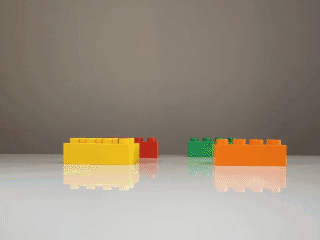
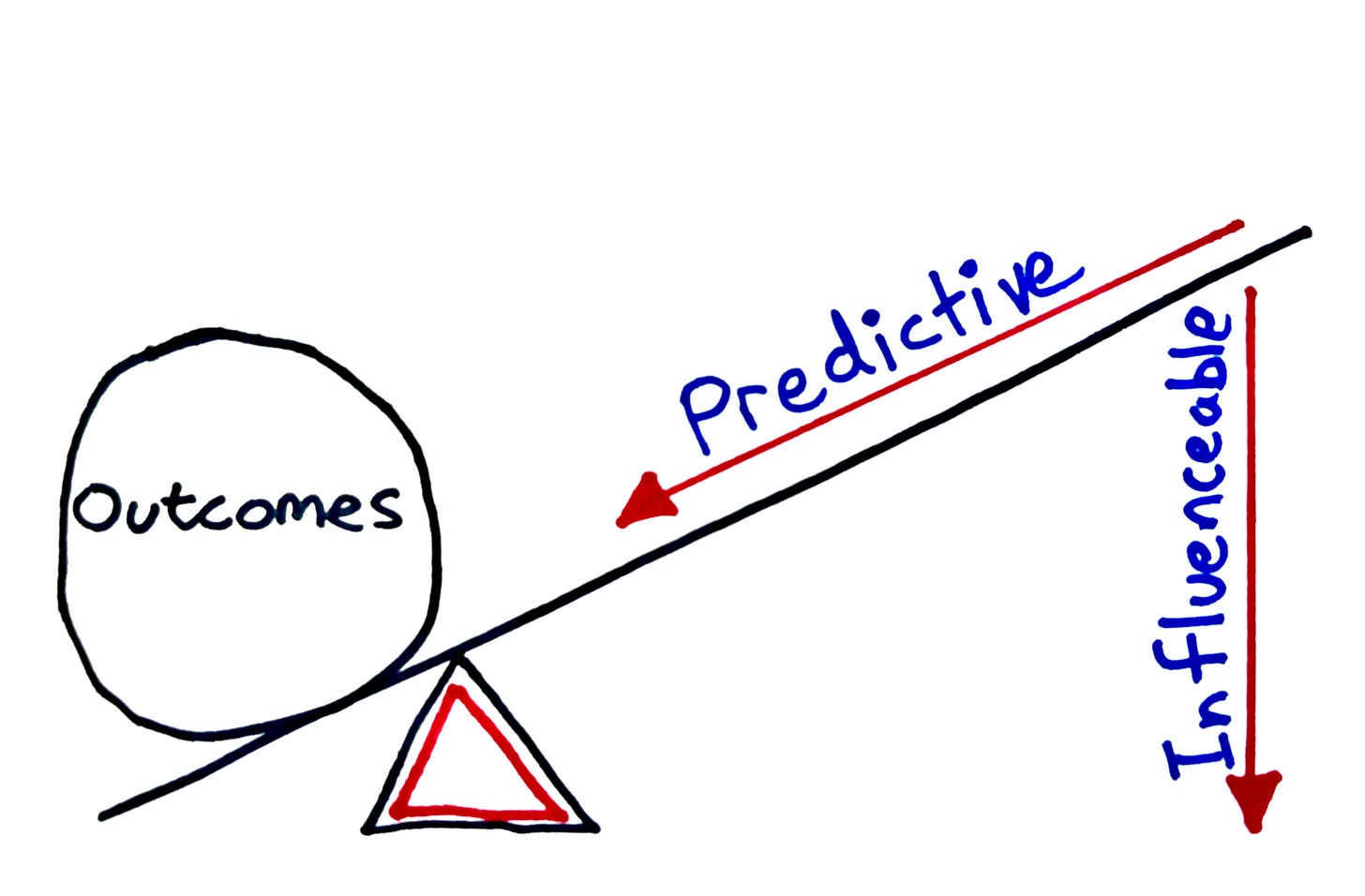
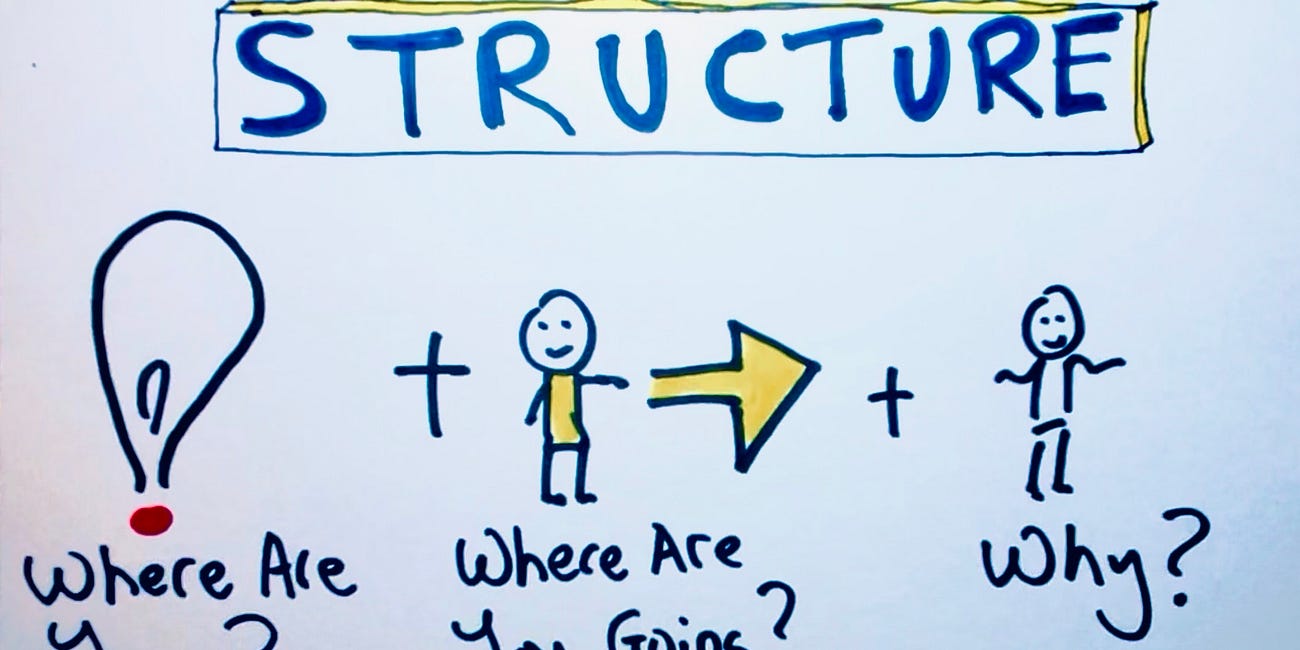


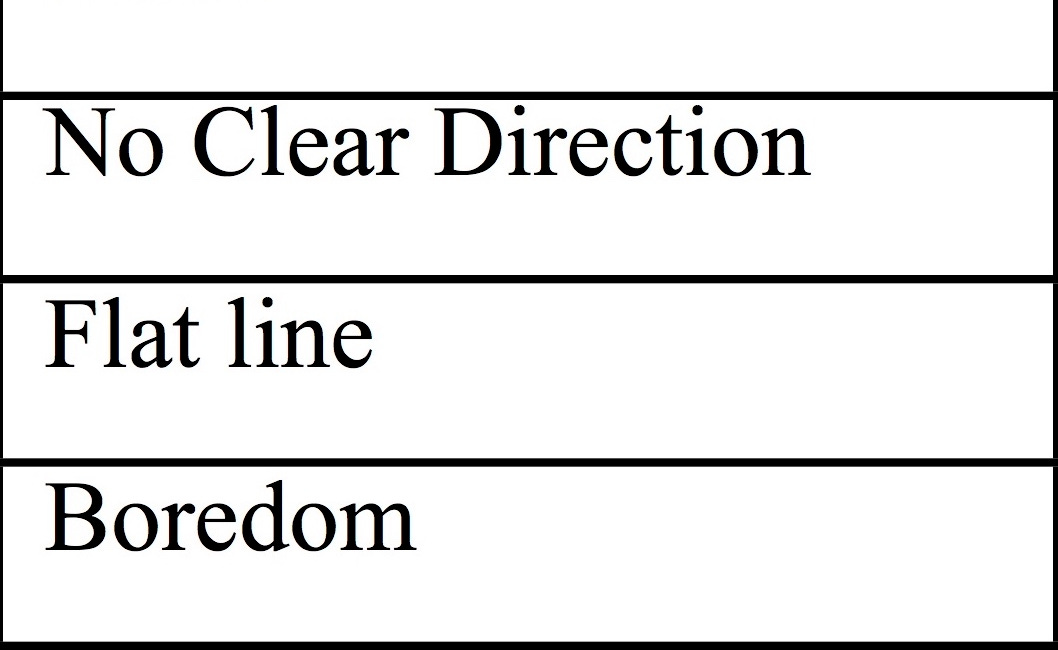

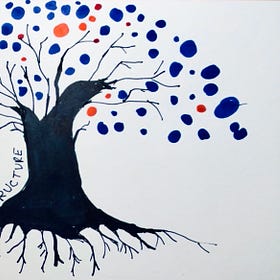



There's a discussion about structure in self determination theory (SDT) which is seen as a way to help the patient to increase competence/ability. I think of it eg as stepwise exposure or titration as a way to find the patient's zone of development. There are also good discussions in SDT about increasing patients' autonomy/own will.